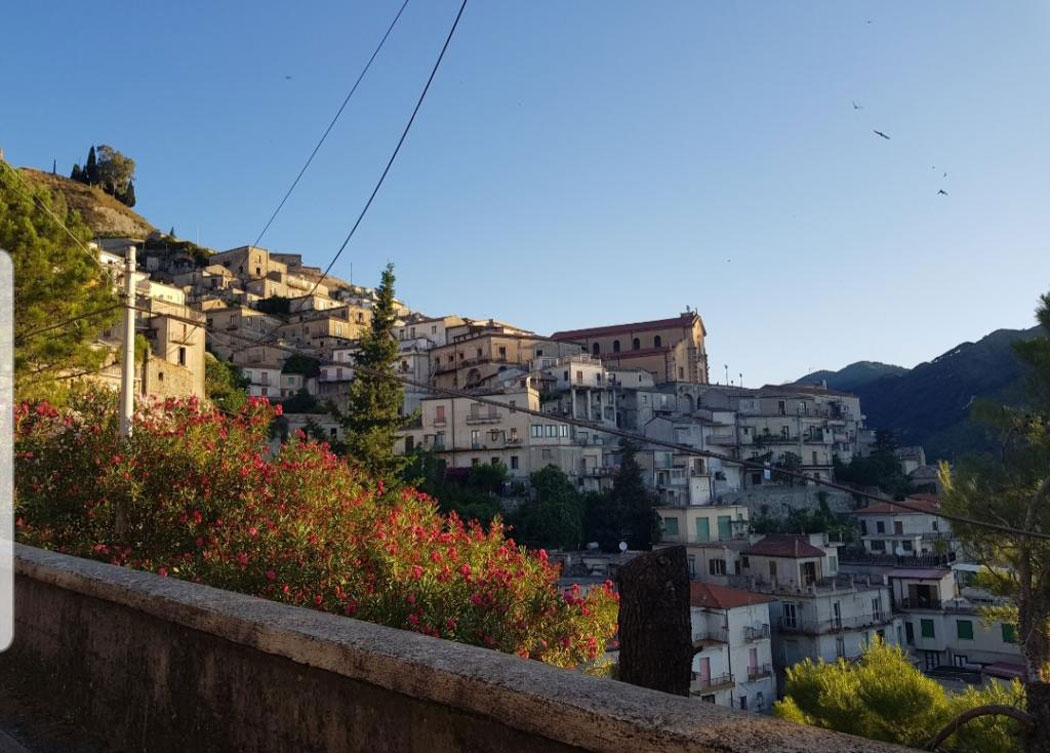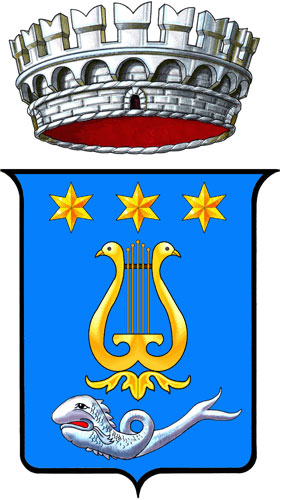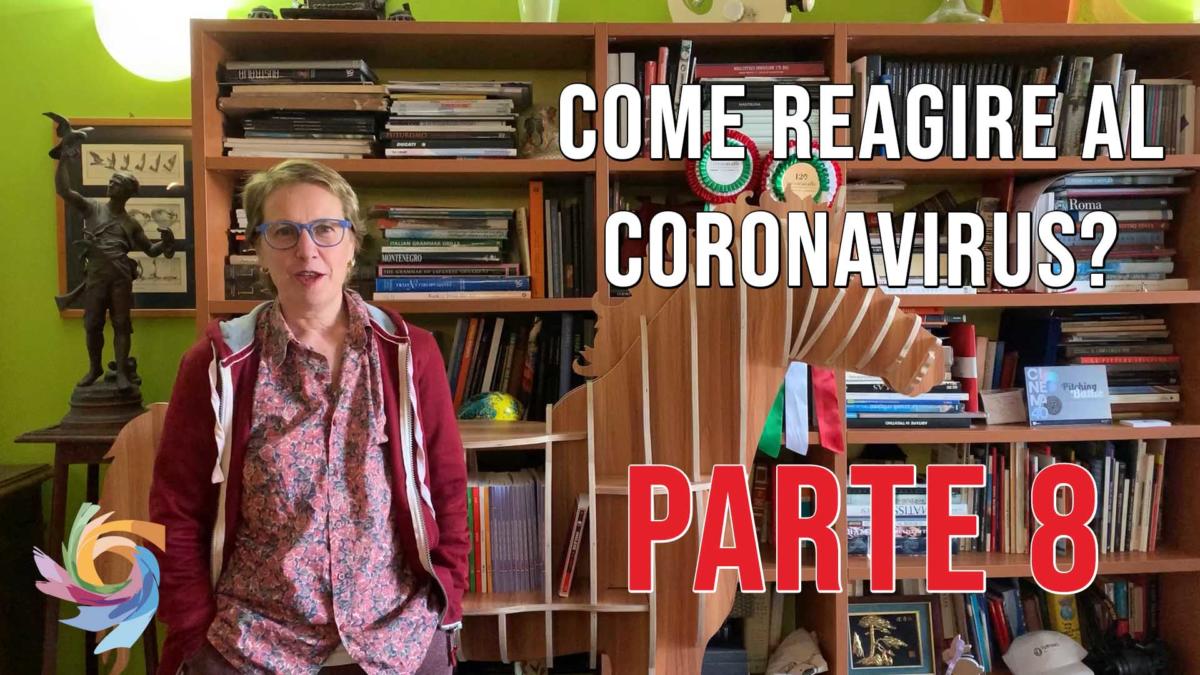

Its position is perfect and from the sea the mountains seem to protect and enhance the village which is located in the centre of a fan-shaped range.
Its history is very ancient and a necropolis of the local population dating back to the Iron Age between the ninth and eighth centuries BC was found in the Santo Stefano area plus the remains of a Magna Graecia building in Monte Palazzi.
Other necropolises found belong instead to the Greek and Roman periods.
A legend has it that the initial centre, Castrum Minervae, was founded by the King of Crete Idomeneo who escaped the consequences of the Trojan war and the offer of his son to the Gods.
Its name has always been shown in Greek and perhaps comes from the words Kripteria, or hiding place, or Akropteria, located in an elevated place, and perhaps it was a fortress even in Greek times when it depended on the ancient town of Locri.
With the Roman conquest, Grotteria assumed a certain importance and was called Crjpta Aurea, or gold cave due to the presence of gold and silver mines.
Many of the Greek settlements in Calabria had been chosen according to the nearby mines.
With the fall of Rome, Grotteria experienced the loss of the social structure and the first news of new communities came with the Basilian monks who had arrived from Byzantium bringing with them the rites of the Orthodox church. Both the castle and the former Franciscan convent were built on previous Byzantine buildings and in one of these the Saint Elia Eremita died in 1050.
The castle dates back to the Norman period around the year 1000, when the population sought refuge in fortresses to escape the incursions of the Saracens, and after these Grotteria was part of the county of Ruggero d’Altavilla.
Grotteria became an independent fiefdom but nature soon changed its destiny. In fact, its history was marked by earthquakes, such as those of 1160, 1184 and 1783 which destroyed the building heritage and the castle, of which few ruins remain today, several times.
In the thirteenth century also in this area of Calabria came the expansion of the Swabians of Frederick II who brought the village back to life.
The whole area has been subject to repeated pirate raids that also led to contacts with Turks and in this period the breeding of the silkworm and the production of silk began in Calabria.
In 1430 one of its ‘sons,’ the philosopher and physician Nicola found an antidote against the plague.
With the arrival of the Aragona, the king granted the Barony of Grotteria to Marino Correale, his adviser to whom the king had granted many lordships in southern Italy. Later the fiefdom also passed to the Ruffo and Caracciolo families and began its territorial growth.
Around 1500, the lords of Grotteria ruled a vast territory of about 32 farmhouses, and the fiefdom was still ruled by the Ruffo family, after which by the de Luna d 'Aragona, who had their palace in the centre of the village, and finally by the Carafa family. These kept it with an intermission until 1806, the year of the end of feudalism.
The castle began to lose importance and for a period was used as a prison. Life changed radically with the 1783 earthquake which destroyed the castle and the historic centre.
The inhabitants, however, chose to rebuild the town where it was located while the castle went into a slow and constant decline.
Legends remain, such as that of a treasure guarded by two large snakes. If you defeat the snakes you will arrive at a hen with golden chicks.
In 1855 a new natural event devastated the country, a great flood covered the countryside and brought misery.
Nature appears in all its splendour on the Piani della Menta with a pond, a beech forest and paths that reach the summit of Monte Palazzi at 1215 meters.
In the Passo di Croceferrata there are remains of a Greek building which later became perhaps a Roman post station.
In the territory of Grotteria are the hamlets of Zinni, Cambruso, Farri-Ricciardo, Bonbacone, Agliona, Pirgo and Marcinà.
The most loved tradition is that of the Crucifix which was born from a miracle that happened in 1745 when a great storm was devastating the country. The inhabitants managed to bring back the good weather by carrying the crucifix in procession and this has since become the patron saint of the village.
The biggest feast is that of the Easter Triduum during Holy Week (three days' observance - Maundy Thursday, Good Friday, and Holy Saturday).
(Picture by Pasquale Bruzzese)










Follow us